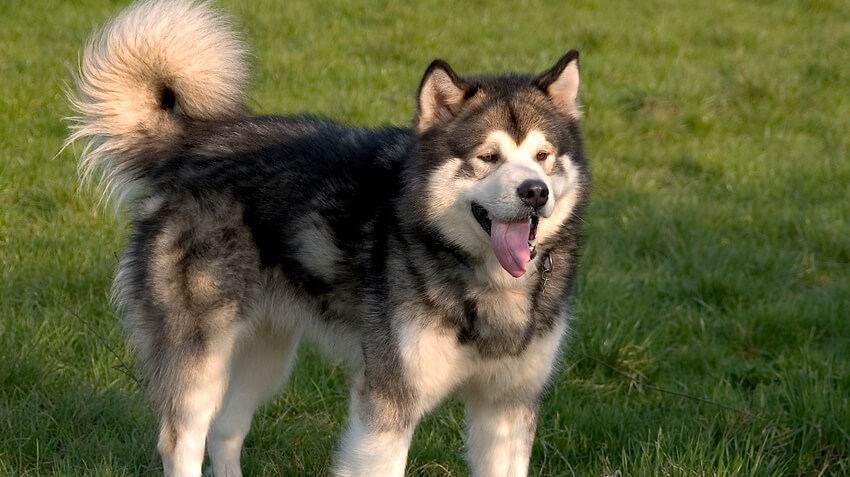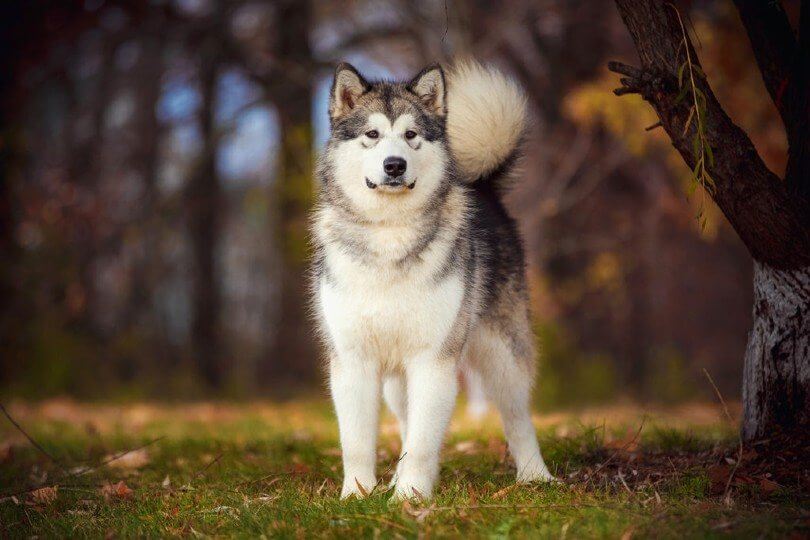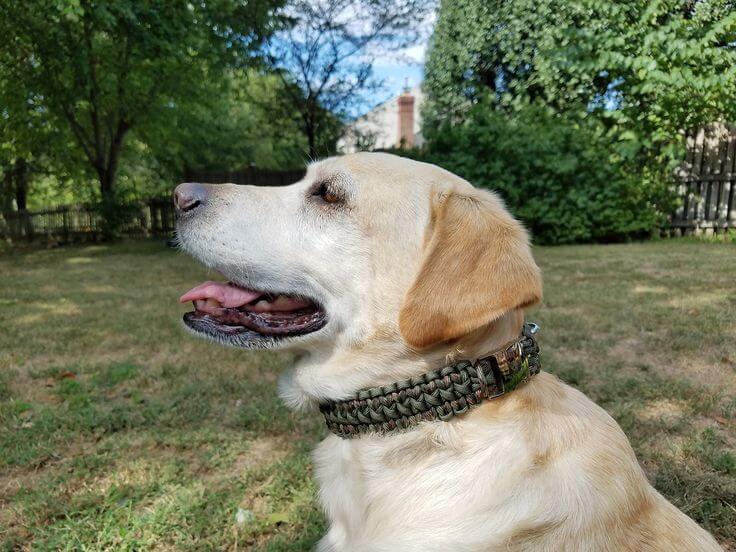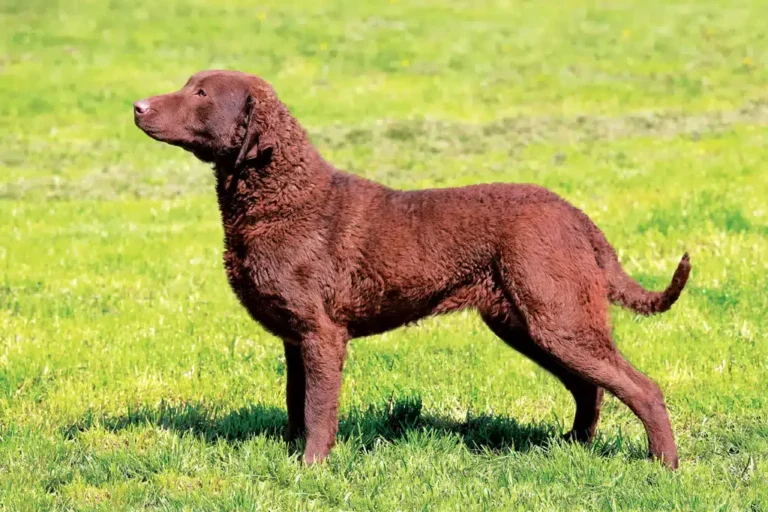Discover Alaskan Malamute Dogs: Breed Guide & Facts
Welcome to the world of the Alaskan Malamute, a breed renowned for its strength, loyalty, and undeniable charm. Originating from the Arctic regions, these magnificent dogs have captivated hearts with their striking appearance and gentle demeanor. In this comprehensive guide, we delve into the fascinating history, distinctive characteristics, and unique temperament of the Alaskan Malamute, providing valuable insights for both seasoned enthusiasts and aspiring pet parents.
Contents
- 1 History and Origin of the Alaskan Malamute
- 2 Physical Characteristics of the Alaskan Malamute
- 3 Temperament and Personality Traits
- 4 Training and Exercise Needs
- 5 Grooming Requirements
- 6 Health Issues and Lifespan
- 7 Nutrition and Feeding Guidelines
- 8 Suitable Living Conditions for Alaskan Malamutes
- 9 Common Misconceptions and FAQs about Alaskan Malamutes
History and Origin of the Alaskan Malamute
The roots of the Alaskan Malamute trace back thousands of years when they were cherished companions and working partners of the Indigenous peoples of Alaska, particularly the Inuit tribes. Bred for their remarkable strength and endurance, these dogs played a vital role in hauling heavy sledges across vast expanses of frozen terrain, contributing to the survival of their human counterparts in harsh Arctic conditions.
Physical Characteristics of the Alaskan Malamute

Standing proud with a robust build and a commanding presence, the Alaskan Malamute is unmistakable in appearance. Their sturdy frame is adorned with a dense double coat consisting of a coarse outer layer and a soft, insulating undercoat, protecting against the biting cold. With distinctive markings, including a broad head, erect ears, and a bushy tail carried over their backs, these dogs exude confidence and elegance in equal measure.
Temperament and Personality Traits
Renowned for their gentle and affectionate nature, Alaskan Malamutes are beloved family companions with a strong sense of loyalty and devotion. Despite their imposing size, they possess a playful and friendly disposition, making them excellent companions for children and adults alike. However, it’s essential to recognize their independent streak and strong-willed nature, requiring patience and consistent training to channel their energy positively.
Training and Exercise Needs

Given their heritage as sledge dogs, Alaskan Malamutes have an inherent need for physical activity and mental stimulation. Regular exercise is paramount to their well-being, encompassing brisk walks, jogs, and engaging play sessions to satisfy their boundless energy levels. Additionally, incorporating obedience training from an early age is crucial for fostering good behavior and strengthening the bond between pet and owner.
Grooming Requirements
Maintaining the majestic appearance of an Alaskan Malamute requires diligent grooming to keep their coat in pristine condition. Regular brushing is essential to remove loose hair and prevent matting, particularly during seasonal shedding periods. Bathing should be done sparingly to preserve the natural oils in their coat, while attention to dental hygiene and nail trimming is also necessary for overall health and well-being.
Health Issues and Lifespan
While generally robust and resilient, Alaskan Malamutes are susceptible to certain health conditions that warrant attention. These may include hip dysplasia, inherited eye disorders, and gastric issues, underscoring the importance of routine veterinary care and preventive measures. With proper nutrition, regular exercise, and attentive care, Alaskan Malamutes can enjoy a lifespan of 10 to 14 years, bringing joy and companionship to their families for years to come.
Nutrition and Feeding Guidelines
Feeding an Alaskan Malamute a balanced and nutritious diet is essential for supporting their active lifestyle and promoting overall health. High-quality commercial dog food formulated for large breeds is recommended, supplemented with fresh fruits, vegetables, and lean proteins for added nutritional benefits. Portion control is key to maintaining a healthy weight, as obesity can exacerbate health issues and reduce longevity.
Suitable Living Conditions for Alaskan Malamutes
While adaptable to various living environments, Alaskan Malamutes thrive in spacious surroundings where they can freely roam and explore. A securely fenced yard provides ample room for exercise and play, while access to indoor comforts ensures they remain warm and comfortable in inclement weather. Additionally, providing mental stimulation through interactive toys and activities helps prevent boredom and destructive behaviour.
Common Misconceptions and FAQs about Alaskan Malamutes
Dispelling myths and misconceptions surrounding the Alaskan Malamute breed is essential for promoting understanding and responsible ownership. From their suitability for apartment living to their compatibility with other pets, addressing common concerns helps prospective owners make informed decisions about welcoming an Alaskan Malamute into their homes. With proper care, training, and affection, these remarkable dogs make loyal and loving companions for those willing to embrace their unique quirks and charms.
Related: Rhodesian Ridgeback Dogs
Conclusion:
In conclusion, the Alaskan Malamute stands as a testament to the enduring bond between humans and dogs, embodying qualities of strength, loyalty, and companionship. As stewards of this remarkable breed, it is our privilege and responsibility to provide them with the care, love, and respect they deserve. Whether traversing snowy landscapes or lounging by the fireplace, the Alaskan Malamute enriches our lives with their unwavering devotion and indomitable spirit, leaving an indelible mark on our hearts for generations to come.
- Golden Retriever Pros and Cons: What Every Pet Parent Should Know - 15 September 2025
- Cane Corso Dog Breed: Health, Care, and Lifespan - 14 September 2025
- Catahoula Leopard Dogs: Description, Temperament, Lifespan, & Facts - 21 July 2025







